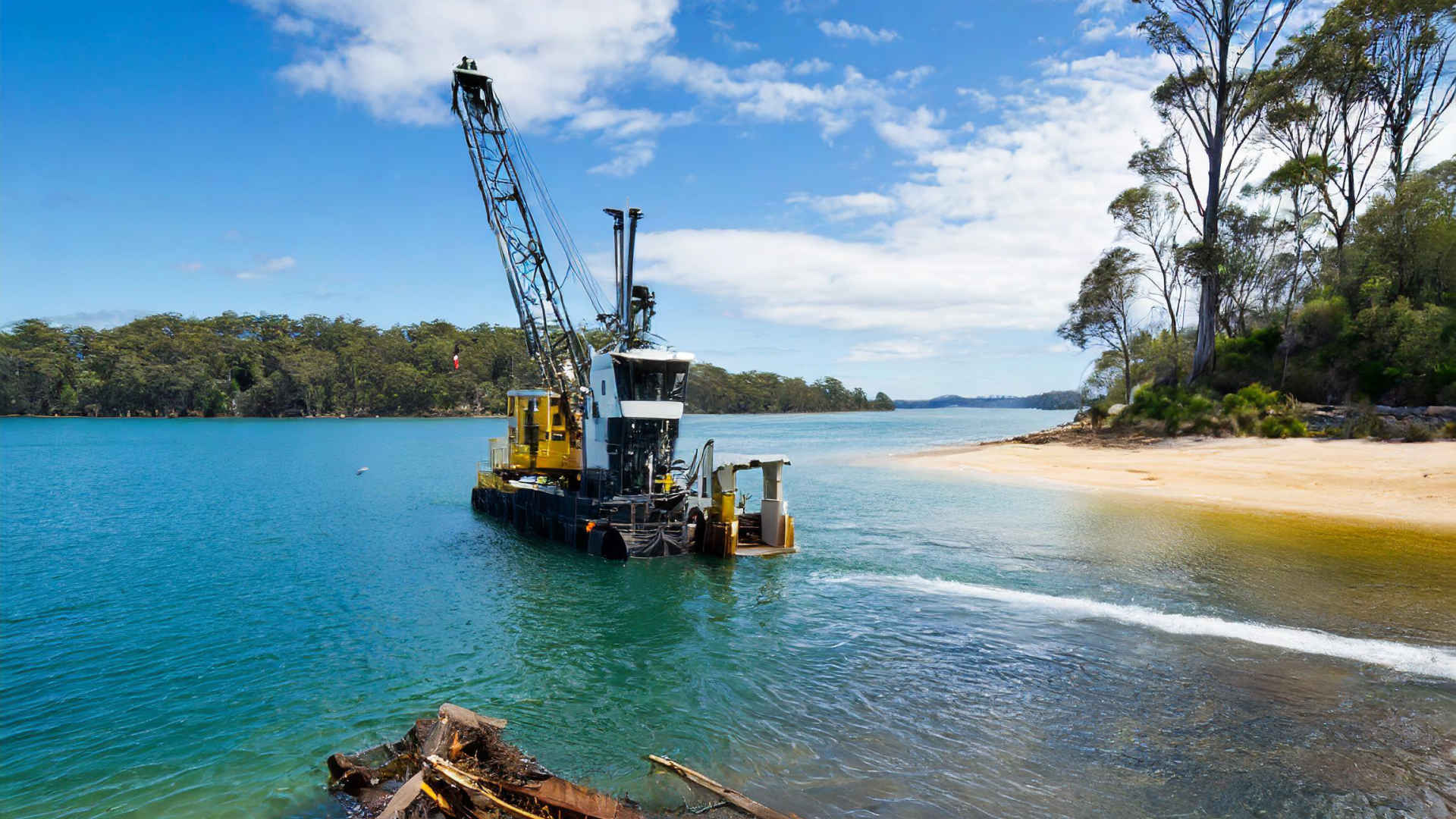Overview of the Swansea Channel Dredging Program
Transport for NSW Maritime has made significant progress in the ongoing Swansea Channel dredging project. This initiative is part of a broader effort to improve navigation and provide better access to Lake Macquarie, benefiting both local boaters and visitors to the area. The completion of Stage Two marks a major milestone in this critical project.
The Swansea Channel, a vital waterway connecting Lake Macquarie to the Tasman Sea, has been the focus of extensive dredging efforts over the past few years. These efforts are aimed at addressing sediment build-up that has historically hindered safe navigation and access. By removing excess sand and debris from the channel, the dredging project ensures smoother and safer passage for vessels of various sizes.
Stage Two Achievements
Completion of Stage Two Dredging
Stage Two of the Swansea Channel dredging program has now been successfully completed. During this phase, a total of 13,000 cubic meters of sand was removed from critical areas within the channel. Specifically, approximately 10,000 cubic meters of sand were dredged from the Dog Leg section, a known bottleneck for navigation. Additionally, another 3,000 cubic meters of sand were removed from the channel northwest of the Swan Bay entrance. These targeted efforts have significantly improved the depth and width of the channel, enhancing its overall navigability.
Hydrographic Survey Results
Transport for NSW Maritime is committed to transparency and providing up-to-date information to the public. A comprehensive hydrographic survey has been conducted following the completion of the dredging work. This survey will provide detailed data on the current channel depths and the impact of the dredging activities. The results of this survey are expected to be available shortly and will be posted on the official website as soon as they are finalized.
Ongoing Monitoring and Future Dredging Plans
Continuous Monitoring of Channel Depths
Ensuring the long-term effectiveness of the dredging efforts is a priority for Transport for NSW Maritime. The agency will continue to monitor the channel depths regularly to assess any changes or sediment build-up that may occur over time. This proactive approach will help maintain the navigability of the channel and prevent future issues that could impede access to Lake Macquarie.
Future Dredging Campaigns
Based on the findings from ongoing monitoring and the hydrographic survey, Transport for NSW Maritime is prepared to undertake additional dredging campaigns if necessary. Should the channel experience significant sediment accumulation, another dredging campaign is planned for next year. This commitment to regular maintenance underscores the importance of the Swansea Channel as a key waterway in the region.
The Importance of the Swansea Channel Dredging Project
Enhancing Safety and Accessibility
The dredging of Swansea Channel is not just about improving navigation; it is also about enhancing safety and accessibility for all waterway users. By maintaining the channel at an optimal depth, the risk of grounding and accidents is minimized, making it safer for recreational and commercial vessels alike.
Supporting Local Economy and Tourism
Lake Macquarie is a popular destination for boating, fishing, and water sports. By ensuring reliable access to the lake, the dredging project supports the local economy by attracting more visitors and encouraging tourism-related activities. Businesses in the area, including marinas, restaurants, and tourism operators, all benefit from a well-maintained waterway.
Conclusion
The completion of Stage Two of the Swansea Channel dredging project is a significant achievement that will have lasting benefits for the Lake Macquarie community and its visitors. Transport for NSW Maritime’s ongoing commitment to monitoring and maintaining the channel ensures that it will remain safe and accessible for years to come. Keep an eye out for the upcoming hydrographic survey results, which will provide further insights into the success of these efforts. If necessary, additional dredging campaigns will be conducted to maintain the channel’s navigability and continue supporting the region’s vibrant water-based activities.
